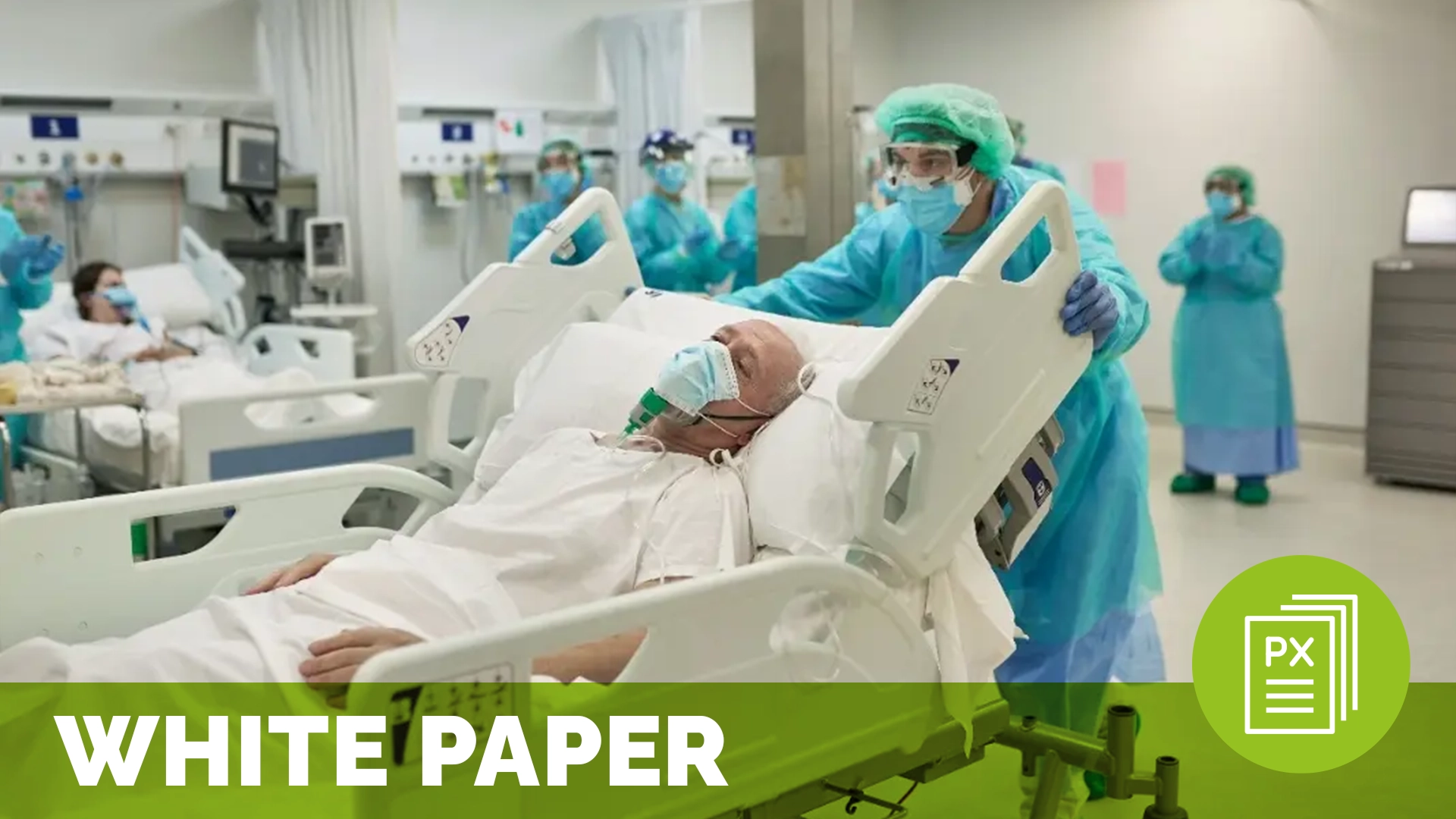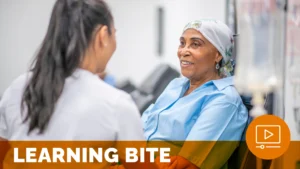Zeroing in on the Patient Experience: Views and Voices from the Frontlines
Published June 4, 2016


Executives from The Beryl Institute hosted three patient experience leaders in a roundtable discussion on improving the patient experience. These patient experience champions come from varied backgrounds, but they bear one strong similarity – a passionate commitment to creating exceptional experiences for patients, patient families and friends. In this paper they share the opportunities and challenges as they commit to improving how patients connect with their organizations. The roundtable exemplifies the power in sharing of ideas, a core purpose of The Beryl Institute itself. The paper stresses the importance of relationships, thoughtful planning, identifying priorities, sustaining commitment, and creating lasting impressions as core steps in moving a successful patient experience effort forward.
Related content
-
Culture & Leadership | Staff & Provider Engagement
Shaping a Human-Centered Patient Experience Across Interdisciplinary Teams
Published November 14, 2024

Patient experience directly impacts patient wellbeing and care outcomes, as well as the reputation of the hospital. But is the patient experience defined by the medical care alone? A recent deep-dive study on Voice of the Patient Data highlights the fact that 53% of patients’ feedback focuses on the medical care and teams. The study
Learn more -
Staff & Provider Engagement
Fostering a Growth Mindset in Healthcare: A Strengths-Based Approach to Improving Patient Experience
Published February 5, 2025

This learning bite explores a pilot program that took a compassionate, strengths-based approach to improving provider communication and engagement. By focusing on relationship-centered training—rather than remediation—the program led to significant improvements in patient experience and provider well-being, offering a scalable model for fostering a growth mindset in healthcare.
Learn more -
Staff & Provider Engagement
The Impact of the ED Service Ambassador Program
Published September 11, 2025

In this episode, Amy Kwiatkowski talks with Liddy Deacon of Sutter Health about their Emergency Department Service Ambassador Program. Liddy shares how ambassadors support patients and staff, foster meaningful connections, and improve care experiences across the ED.
Learn more
